So when executives are faced with a decision it seems only natural to start thinking about alternative courses of action to consider. This “bias for alternatives” is the kiss of death to effective decision-making. Moving too quickly to alternatives before understanding the intent and purpose behind the decision guarantees 3 decision spoilers:
1. STARTING TOO NARROW: Executives often examine too narrow a set of alternatives – immediately sub-optimizing action or alternatives. Every time we work with clients to help facilitate their organization through important decisions we hear that there are only 2 or 3 choices that they have to select from. By the end of the decision-making efforts the final choice ends up being # 4 or #5 – other alternatives that no one ever considered or – is actually a combination of the first three alternatives. Beware of having a narrow range of alternatives
2. SELLING VS EVALUATING: Consciously or sub-consciously during the decision making process we all find ourselves favoring one course of action over another and instinctively begin to invest time, effort and resources selling ideas versus evaluating options – the more time you invest in something the more sure you are that it is right. Everyone does this! But the best decision makers know that they have to step back and focus on evaluating alternatives. Beware of the decision-making meeting you are invited to that ends up being a persuasion program to adopt one course of action.
3. MISSING CRITICAL INFORMATION: Executives often miss, explain away or apply authority to sweep under the rug critical data and information central to selecting the best alternative(s). When you go down the path of having a favorite alternative combined with efforts focused on selling it – it is any wonder the search for objective information turns into the quest for data that makes your alternative valid.
So how can you guard against the natural tendency to jump to alternatives?
Get used to asking, “what does it depend on” (i.e. any course of action we opt for?) Understand decision-making is a process not an event. The most effective decision makers first identify factors that any course of action needs to satisfy or address. By making visible the criteria that should be used to evaluate choices you will immediately and significantly raise your decision-making batting average.

